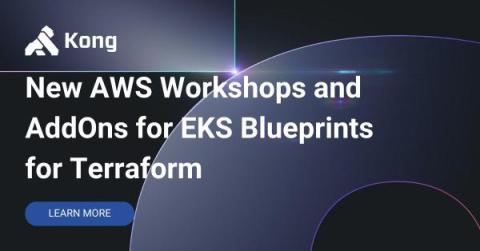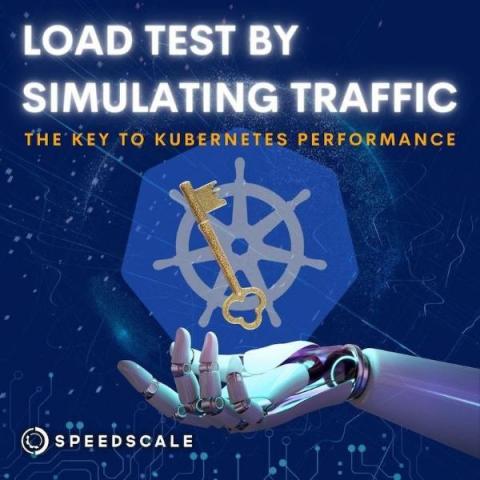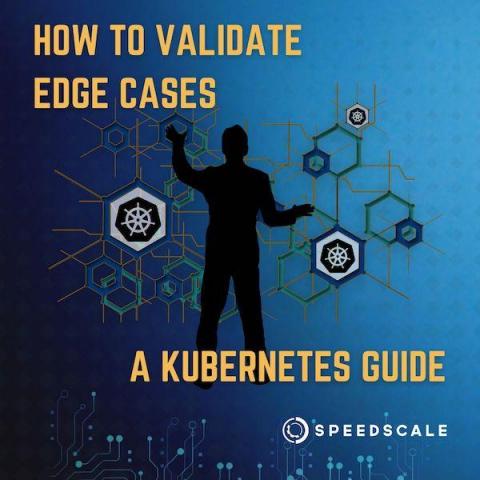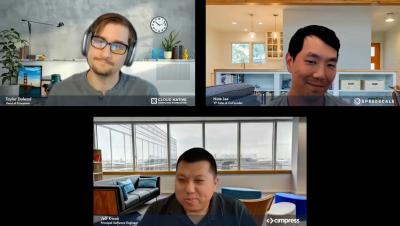Systems | Development | Analytics | API | Testing
DevOps
Invert your Rightsizing: Optimizing Kubernetes Clusters
What are Microservices? Code Examples, Best Practices, Tutorials and More
Microservices are increasingly used in the development world as developers work to create larger, more complex applications that are better developed and managed as a combination of smaller services that work cohesively together for more extensive, application-wide functionality. Tools such as Service Fabric are rising to meet the need to think about and build apps using a piece-by-piece methodology that is, frankly, less mind-boggling than considering the whole of the application at once.
The Key to Scalable Kubernetes Clusters | Load Test by Simulating Traffic
Discover how simulating heavy traffic based on real usage can accelerate and improve your load tests, and cut through complexity in your Kubernetes apps.
A Developer's Guide to Continuous Performance Testing
How to Validate Edge Cases: A Kubernetes Guide
CI/CD best practices: Advice from the 2022 Mobile DevOps Summit speakers
In this blog post, we’ll round up the best mobile CI/CD advice from last year’s Mobile DevOps Summit to help you release better apps, faster. Our Agenda and Speaker list have been released for our 2023 Mobile DevOps Summit: October 4 - 5.
How Cimpress Approaches Holiday Load Testing
Securing CI/CD with 1Password
Secret management in shared environments like Continuous Integration and Delivery services is challenging. It’s essential to keep secrets secure and ensure they don’t end up in the wrong place, like logs or code repositories. Integrating solutions like 1Password into CI/CD workflows offer the advantage of centralising secret management, and it also allows you to encrypt every secret, providing controlled programmatic access to applications.
Implementing Instant Object Detection in Live Image Streams using TFLite in Flutter
In Flutter’s early days in 2019, I developed a live object detection system for a major German company, despite the platform’s constraints. With release of Flutter 3.7 and advancements of TensorFlow have catalyzed the need to refine or overhaul this approach. This article discusses the newest techniques in live-stream object detection as showcased in the flutter-tflite GitHub repository.











